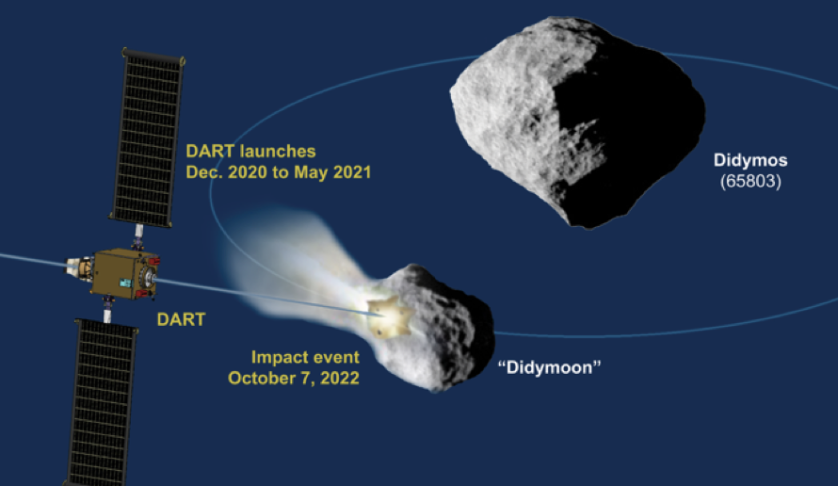
The DART mission is directed by NASA to the Johns Hopkins University Applied Physics Laboratory (JHU/APL) with support from NASA centres: the Jet Propulsion Laboratory (JPL), Goddard Space Flight Center (GSFC) and Johnson Space Center (JSC).
Unlike most spacecraft launched by NASA in the past, the DART satellite isn't about gathering scientific data or leaning about how the universe was formed or works, rather, the DART program is NASA's first planetary defence mission amid growing concerns about the threat posed by rogue asteroids.
Planetary defence is about diverting asteroids that pose a risk of collision with Earth. The test doesn't involve launching nuclear weapons or heroic action movies involving Robert Duval or Bruce Willis, rather the DART program will see satellites used to nudge asteroids off course.
DART aims to identify the effectiveness of a kinetic impactor on a small asteroid. DART's primary target is the binary near-Earth asteroid (65803) Didymos.
While Didymos’ primary body is about 800 metres across, its secondary body or 'moonlet' has a 150-metre size, which is more typical of the size of asteroids that could pose a more common hazard to Earth.
The DART spacecraft will achieve the kinetic impact by deliberately crashing itself into the 'moonlet' at a speed of about 6km/s, with the aid of an on-board camera and sophisticated autonomous navigation software.
The collision will change the speed of the 'moonlet' in its orbit around the main body by a fraction of a per cent, enough to be measured using telescopes on Earth.
NASA’s DART spacecraft’s launch window range begins in late December 2020 and runs through May 2021. It will intercept Didymos’ moonlet in early October 2022, when the Didymos system is within 11 million kilometres of Earth, enabling observations by ground-based telescopes and planetary radar to measure the change in momentum imparted to the moonlet.
Receive the latest developments and updates on Australia’s space industry direct to your inbox. Subscribe today to Space Connect here.












